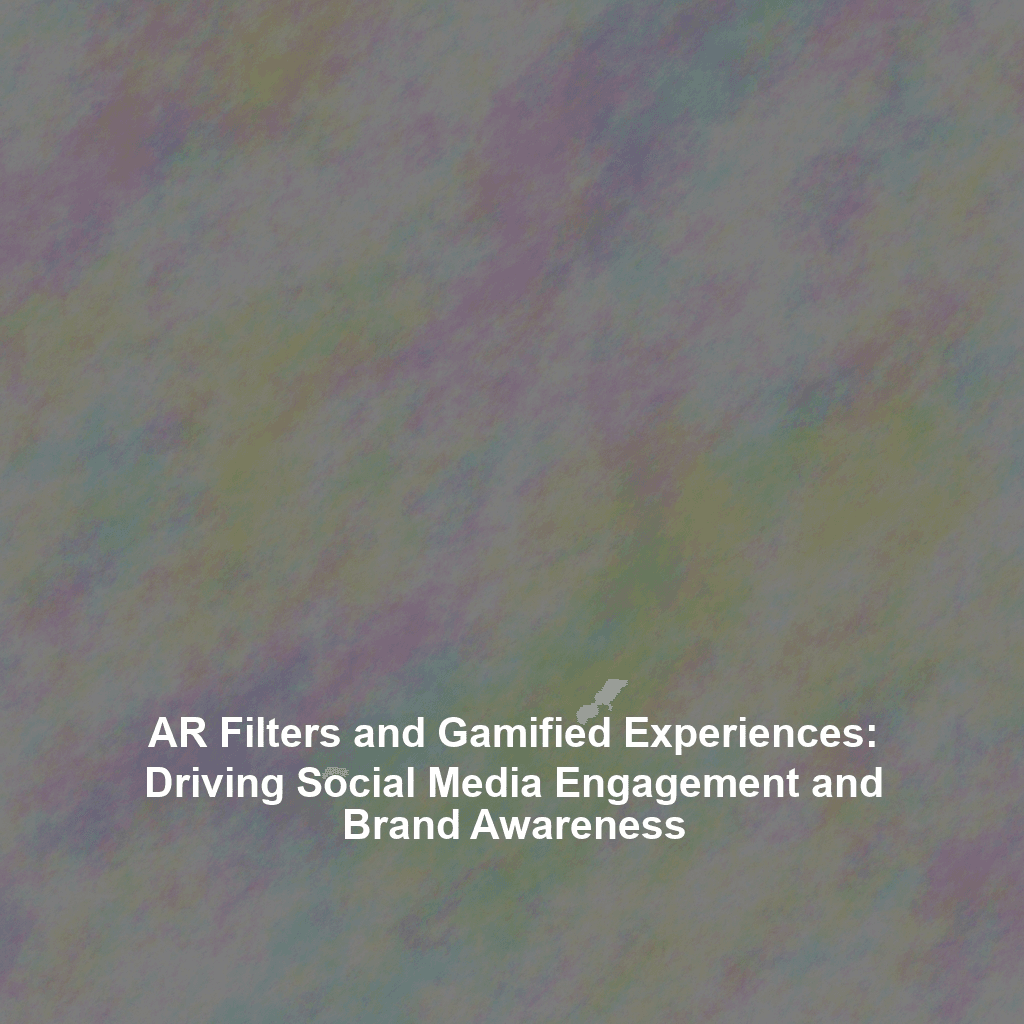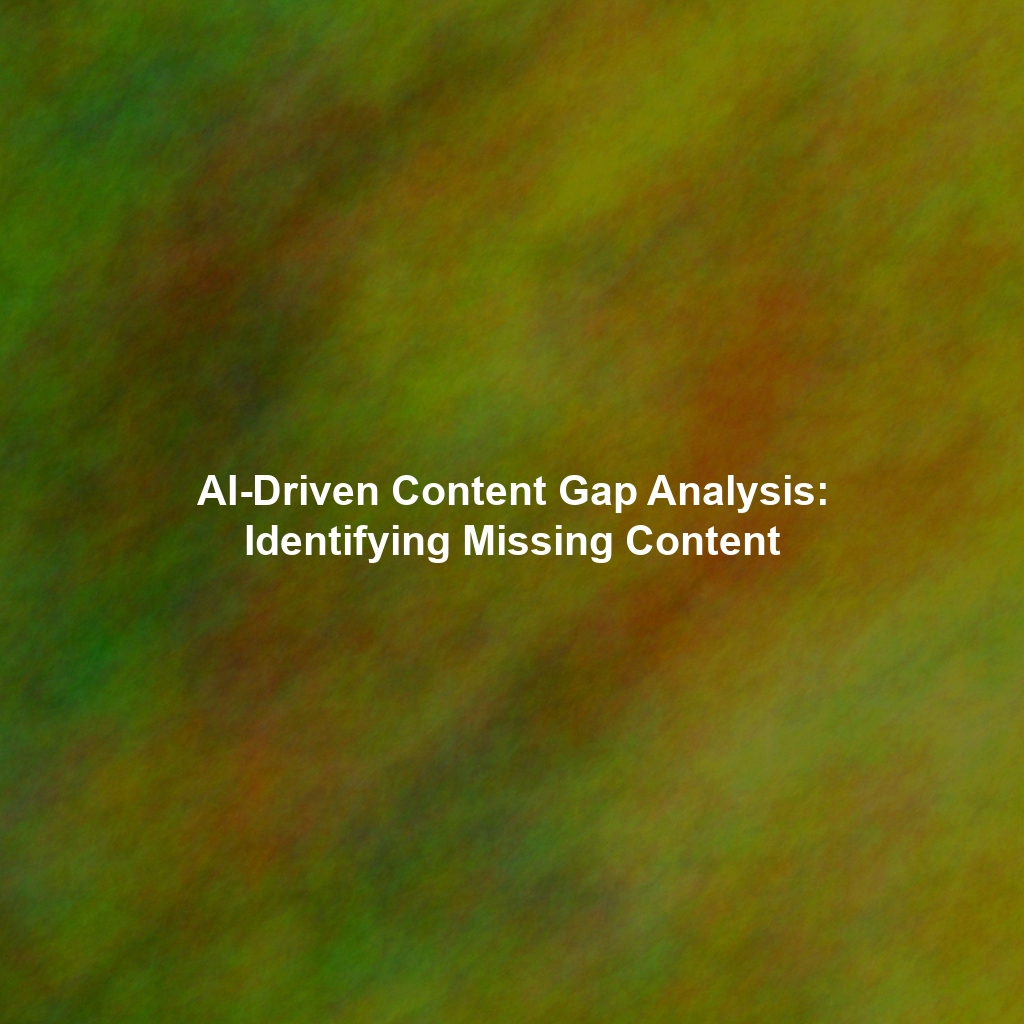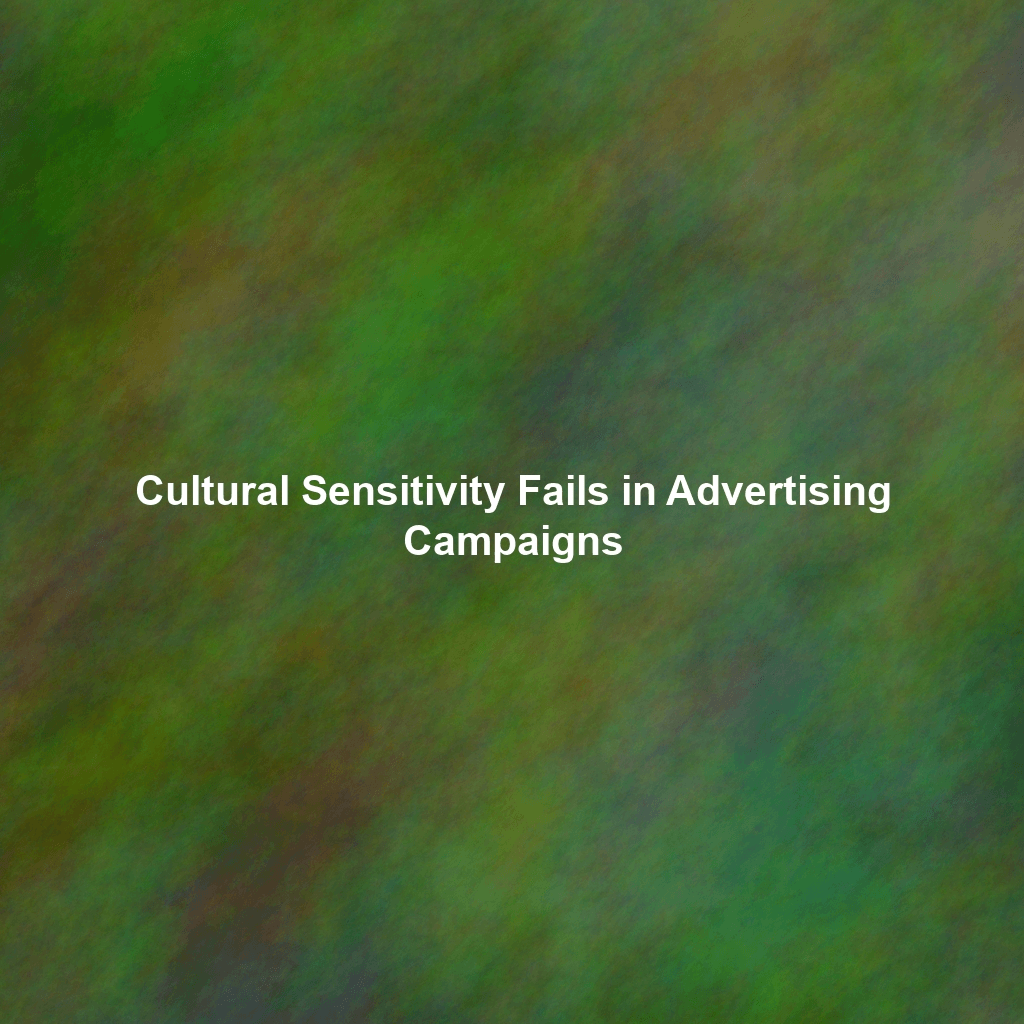In today’s digital landscape, capturing and maintaining audience attention is a constant battle for brands. Traditional marketing tactics are losing their effectiveness as consumers demand more engaging and interactive experiences. Enter Augmented Reality (AR) filters and gamified experiences, powerful tools that leverage the immersive capabilities of AR to drive social media engagement and build lasting brand awareness. By seamlessly blending the digital and physical worlds, these approaches offer unique opportunities to connect with users in a fun, memorable, and shareable way.
The Power of AR Filters on Social Media
AR filters have become a staple of social media, with platforms like Instagram, Snapchat, and TikTok leading the charge. These filters overlay digital elements onto the real-world view of a user’s camera, allowing them to transform their appearance, interact with virtual objects, and express their creativity. For brands, AR filters represent a low-barrier-to-entry and highly effective way to reach a broad audience and encourage user-generated content.
Why AR Filters Work
- Enhanced Engagement: Filters are inherently interactive and encourage users to spend more time with a brand.
- Increased Shareability: Fun and creative filters are highly likely to be shared with friends and followers, amplifying brand reach organically.
- Brand Association: A well-designed filter subtly integrates the brand’s identity, associating positive emotions and experiences with the company.
- Measurable Results: Social media platforms provide data on filter usage, impressions, and shares, allowing marketers to track performance and optimize campaigns.
Creating Compelling AR Filters: Best Practices
Creating a successful AR filter requires careful planning and execution. Here’s a breakdown of key best practices:
- Understand Your Audience: Tailor the filter’s theme and style to resonate with your target demographic. Research their interests, preferences, and online behavior.
- Keep it Simple and Fun: Avoid overly complex or confusing interactions. The best filters are easy to use and immediately engaging.
- Integrate Branding Subtly: The filter should enhance the user’s experience, not overwhelm it with overt branding. Consider using brand colors, logos, or mascots in a tasteful way.
- Encourage Sharing: Include clear calls to action, such as prompts to share the filter with friends or tag the brand in their posts.
- Test Thoroughly: Before launching the filter, test it extensively on various devices and network conditions to ensure a smooth and bug-free experience.
Examples of Successful AR Filter Campaigns
Several brands have successfully leveraged AR filters to drive social media engagement. Here are a couple of notable examples:
- Nike: Nike’s AR filter allowed users to virtually “try on” different pairs of sneakers before making a purchase, providing a personalized and convenient shopping experience.
- Starbucks: Starbucks created seasonal filters that transformed users into festive characters, encouraging them to share their holiday spirit with their followers.
Gamified Experiences: Leveling Up Social Media Engagement
Gamification involves incorporating game-like elements into non-game contexts to motivate and engage users. On social media, gamified experiences can take various forms, such as quizzes, contests, challenges, and virtual rewards. By tapping into the human desire for achievement and competition, these experiences can significantly increase brand interaction and loyalty.
Designing Engaging Gamified Experiences
A successful gamified experience should be fun, rewarding, and aligned with the brand’s values and objectives. Consider these factors when designing your game:
- Define Clear Goals: What do you want users to achieve through the game? Increase brand awareness? Generate leads? Drive sales? Set specific, measurable, achievable, relevant, and time-bound (SMART) goals.
- Offer Meaningful Rewards: Incentivize participation with rewards that are valuable to your target audience. This could include discounts, exclusive content, early access to products, or social recognition.
- Make it Easy to Play: Keep the rules simple and the gameplay intuitive. Minimize the barrier to entry to encourage widespread participation.
- Incorporate Social Elements: Allow users to compete with friends, share their progress, and earn bragging rights. Social interaction amplifies engagement and virality.
- Provide Feedback and Progress Tracking: Keep users informed about their progress and how they compare to others. This helps maintain their motivation and encourages them to keep playing.
Platform-Specific Strategies
The optimal approach to AR filters and gamified experiences varies depending on the social media platform. Here are some platform-specific considerations:
- Instagram: Focus on visually appealing filters and interactive games that can be easily shared in Stories and Reels.
- Snapchat: Leverage Snapchat’s playful and ephemeral nature with filters that encourage spontaneous and creative expression.
- TikTok: Create short, shareable challenges and trends that align with the platform’s dynamic and fast-paced environment.
- Facebook: Utilize Facebook’s extensive targeting capabilities to reach specific demographics with tailored filters and gamified experiences.
Real-World Examples of Successful Gamified Campaigns
Many brands are embracing gamification, and here are some examples:
- Sephora: Sephora’s Beauty Insider program rewards customers with points for every purchase, which can be redeemed for exclusive products and experiences.
- Domino’s: Domino’s Pizza Hero app allows users to create their own virtual pizzas, earning points and badges along the way.
Conclusion
AR filters and gamified experiences offer powerful opportunities for brands to connect with audiences on a deeper level and drive meaningful results on social media. By understanding the principles of effective filter design, game mechanics, and platform-specific strategies, marketers can leverage these tools to enhance brand visibility, increase user engagement, and foster lasting customer relationships. As AR technology continues to evolve, these interactive experiences will become even more integral to successful social media marketing campaigns.
 Skip to content
Skip to content

